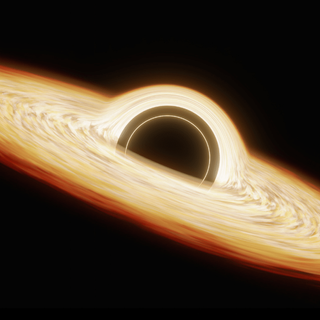The moment I heard the name “supersaurus” — which translates into “super lizard” — I thought of Superman. Unlike the superhero from Krypton, however, the supersaurus isn’t fictional. It very much existed, walked over the face of the Earth, and according to scientists, may have surpassed all other dinosaurs in length.
Presented at the Society of Vertebrate Paleontology‘s annual conference earlier this month, new research suggests that “with a head the size of a horse and hip muscles as big as a car… [and its length] from nose to tail — the equivalent of three large school buses lined up end to end,” the supersaurus was likely the world’s longest dinosaur.
The supersaurus is a sauropod — a sub-group of dinosaurs characterized by very long necks, long tails, heads smaller than the rest of their body, and four thick, pillar-like legs.
The herbivorous animal roamed across modern-day Colorado and Wyoming in the U.S., with its length believed to have ranged between 128-137 feet.
Related on The Swaddle:
‘Dragon’‑like Dinosaurs Existed in Australia, New Discovery Shows
“[F]ew dinosaurs were a match for Supersaurus’ brute strength and expansive mass. Its neck alone could have lifted a predator six meters off the ground… If two of the dinosaurs were to touch noses… they might span nearly an entire football field,” Business Insider reported, in an attempt to put the size of a supersaurus in perspective.
The first supersaurus specimen was reportedly uncovered in the Dry Mesa Dinosaur Quarry in southwestern Colorado, as early as 1972. However, the researchers involved in the discovery believed that the bones they found belonged to three different species of dinosaurs.
Brian Curtice, a paleontologist at the Arizona Museum of Natural History, who is leading the present research into the length of supersaurus, described the quarry as a “bone salad.”
Turns out, though, “their bones were misidentified and actually all belong to a single supersaurus… This reclassification of three dinosaurs as one provides a more complete supersaurus specimen for scientists to study, which is useful for estimating its length,” LiveScience reported, adding that “the new finding is nearly 50 years in the making.”




